New isotopic measurements by researchers at NASA’s Goddard Space Flight Center, reveal that an ocean once covered approximately twenty percent of the Martian surface. Watch the video…
For decades, planetary scientists have suspected that ancient Mars was a much warmer, wetter environment than it is today, but estimates of just how much water Mars has lost since its formation vary widely. This new picture of early Mars is considerably wetter than many previous estimates, raising the odds for the ancient habitability of the Red Planet.
A primitive ocean on Mars held more water than Earth’s Arctic Ocean, and covered a greater portion of the planet’s surface than the Atlantic Ocean does on Earth, according to new results published today. An international team of scientists used ESO’s Very Large Telescope, along with instruments at the W. M. Keck Observatory and the NASA Infrared Telescope Facility, to monitor the atmosphere of the planet and map out the properties of the water in different parts of Mars’s atmosphere over a six-year period. These new maps are the first of their kind. The results appear online in the journal Science today.
About four billion years ago, the young planet would have had enough water to cover its entire surface in a liquid layer about 140 metres deep, but it is more likely that the liquid would have pooled to form an ocean occupying almost half of Mars’s northern hemisphere, and in some regions reaching depths greater than 1.6 kilometres.
Geronimo Villanueva, a scientist working at NASA’s Goddard Space Flight Center in Greenbelt, Maryland, USA, and lead author of the new paper, said:
“Our study provides a solid estimate of how much water Mars once had, by determining how much water was lost to space. With this work, we can better understand the history of water on Mars.”
The new estimate is based on detailed observations of two slightly different forms of water in Mars’s atmosphere. One is the familiar form of water, made with two hydrogen atoms and one oxygen, H2O. The other is HDO, or semi-heavy water, a naturally occurring variation in which one hydrogen atom is replaced by a heavier form, called deuterium.
As the deuterated form is heavier than normal water, it is less easily lost into space through evaporation. So, the greater the water loss from the planet, the greater the ratio of HDO to H2O in the water that remains.
Michael Mumma, a senior scientist at Goddard and the second author on the paper, said:
“With Mars losing that much water, the planet was very likely wet for a longer period of time than previously thought, suggesting the planet might have been habitable for longer.”
source ESO

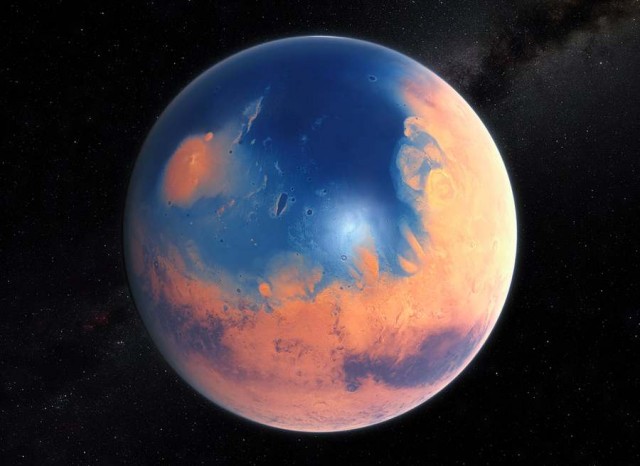
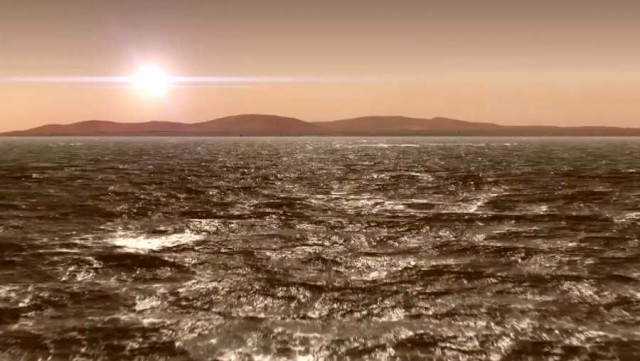
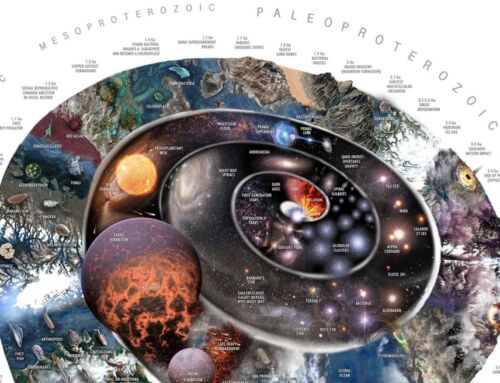
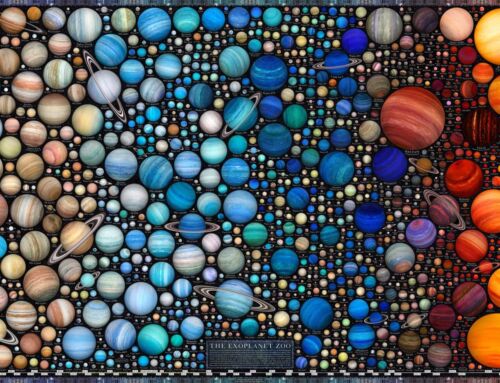
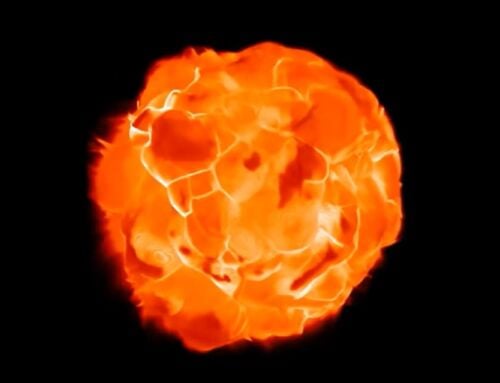
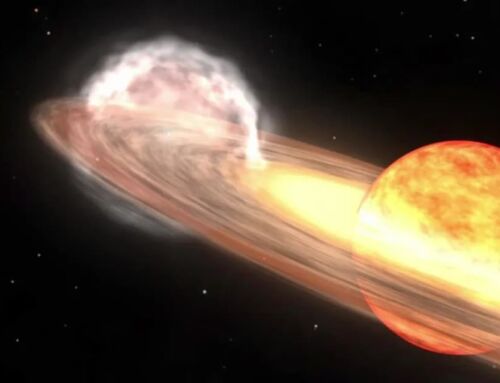
Leave A Comment